Analysis of Vitamin B1 in Foods and Dietary Supplements by HPLC with Post-Column Derivatization and Fluorescence Detection
Pickering Laboratories Inc.
Maria Ofitserova, PhD, and Sareeta Nerkar, PhD, Pickering Laboratories Inc.
Thiamine (vitamin B1) plays an important role in many cellular processes and its deficiency can quickly lead to serious health problems. Since humans and animals can't synthesize vitamin B1, they must obtain a sufficient amount through their diet. The requirements of nutritional labeling have led to increased demand for methods to analyze vitamin B1 in different matrices.
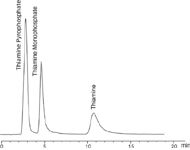
Figure 1: Chromatogram of 1 μg/mL calibration standard of Thiamine and its phosphorylated derivatives.
This application note describes a sensitive and accurate HPLC method capable of measuring Thiamine and its biologically active phosphorylated derivatives in foods and dietary supplements. Thiamine and its derivatives are separated on reversed phase column and converted using post-column derivatization into highly fluorescent compounds. To determine total vitamin B1 content in foods, an enzymatic reaction with Taka-diastase was employed to convert all Thiamine esters to free Thiamine.
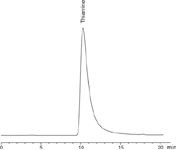
Figure 2: Chromatogram of Vitamin B complex supplement.
Method
Sample Preparation
Food samples: To 5 g of sample add 60 mL of 0.1 N HCl, blend at high speed for 2–3 min and heat the mixture at 100 °C for 1 h. Cool the mixture to room temperature and adjust pH to 4.0–4.5 using 2.5 M Sodium Acetate solution. Add 200 mg of Taka-diastase, shake well and incubate for 18 h at 45 °C. After enzymatic hydrolysis is complete add 2 mL of 50% Trichloroacetic acid solution in water and heat at 100 °C for 15 min to precipitate proteins. Adjust pH to 2.6–2.8 with Sodium Acetate and bring the volume to 100 mL with DI water. Filter through 0.45 μm filter.
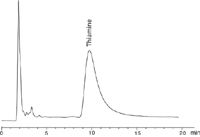
Figure 3: Chromatogram of cereal sample.
Dietary supplements: Mix the contents of at least 10 capsules. Take a 250 mg portion and dissolve in 100 mL of DI water acidified to pH 2.6-2.8 with 0.1 N HCl. Dilute the solution further with acidified water to fit the calibration curve as needed. Filter through 0.45 μm filter

Table I: Thiamine analysis in foods
Standards Preparation
Standard solutions: Prepare standard solutions of Thiamine and its derivatives in water acidified to pH 2.6–2.8 with HCl. Make fresh daily.
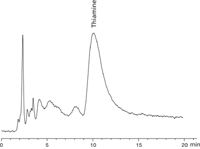
Figure 4: Chromatogram of pork sausage sample.
Calibration Range: Thiamine: 0.1–25 μg/mL, R2 = 0.999; Thiamine Pyrophosphate: 0.02–5 μg/mL, R2 = 0.999; Thiamine Monophosphate: 0.02–5 μg/mL, R2 = 0.999.
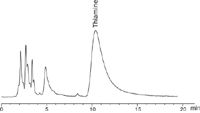
Figure 5: Chromatogram of whole yellow peas sample.
Analytical Conditions
Analytical Column: ThermoHypersil, Aquasil C18
Flow Rate: 1 mL/min
Column Temperature: 40 °C
Mobile Phase: 10% Acetonitrile - 90% Phosphate Buffer (6 g/L of Phosphoric Acid adjusted to pH 5.9 with NaOH)
Injection Volume: 10 μL
Post-Column Conditions
Post-column system: Pinnacle PCX (or Vector PCX)
Reactor Volume: 0.5 mL
Reactor Temperature: 55 °C
Reagent: 40 g/L NaOH, 600 mg/L Potassium Ferricyanide in water
Reagent Flow Rate: 0.5 mL/min
Detection: FLD, Ex 375 nm, Em 430 nm
Conclusion
The simplicity of the developed method, together with improved sensitivity and selectivity, makes HPLC with post-column derivatization a highly desirable approach for the quantification of Vitamin B1 in food products and supplements.
Pickering Laboratories, Inc.
1280 Space Park Way
Mountain View, CA 94043
Website: www.pickeringlabs.com

Analytical Challenges in Measuring Migration from Food Contact Materials
November 2nd 2015Food contact materials contain low molecular weight additives and processing aids which can migrate into foods leading to trace levels of contamination. Food safety is ensured through regulations, comprising compositional controls and migration limits, which present a significant analytical challenge to the food industry to ensure compliance and demonstrate due diligence. Of the various analytical approaches, LC-MS/MS has proved to be an essential tool in monitoring migration of target compounds into foods, and more sophisticated approaches such as LC-high resolution MS (Orbitrap) are being increasingly used for untargeted analysis to monitor non-intentionally added substances. This podcast will provide an overview to this area, illustrated with various applications showing current approaches being employed.
















